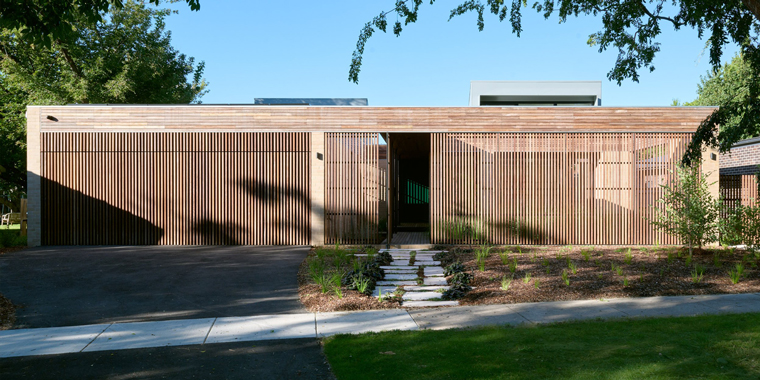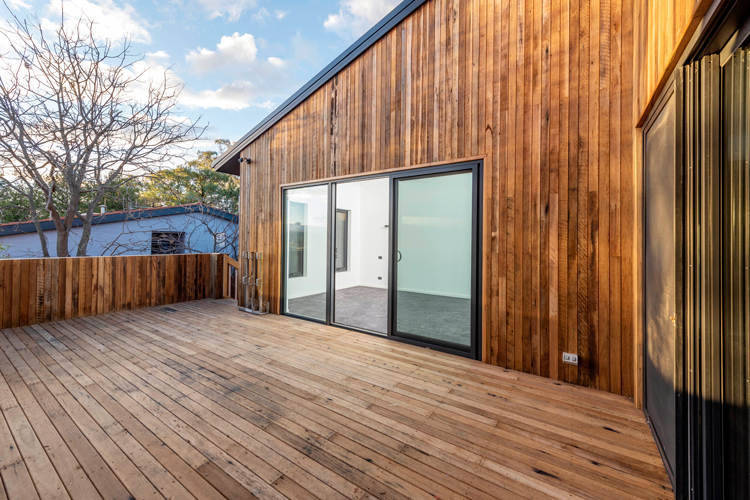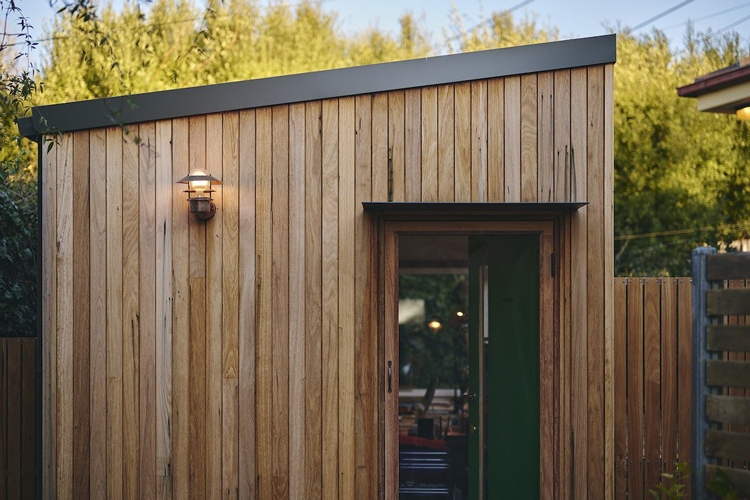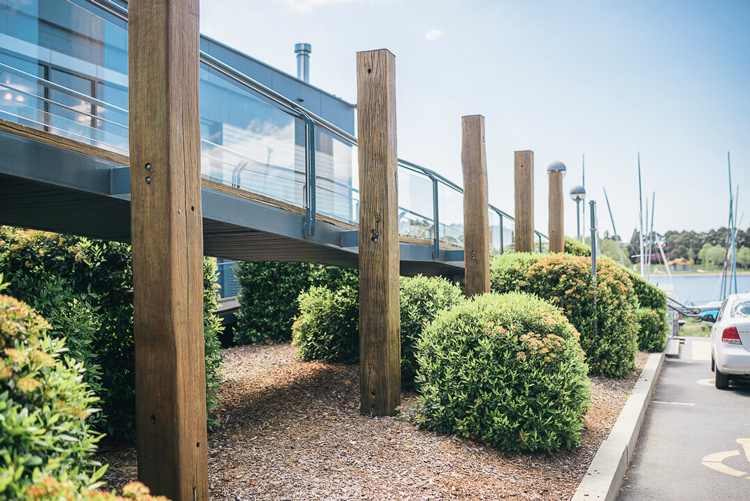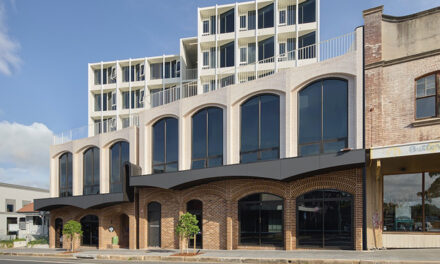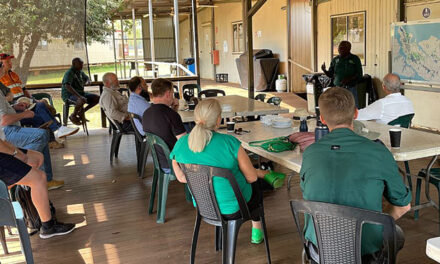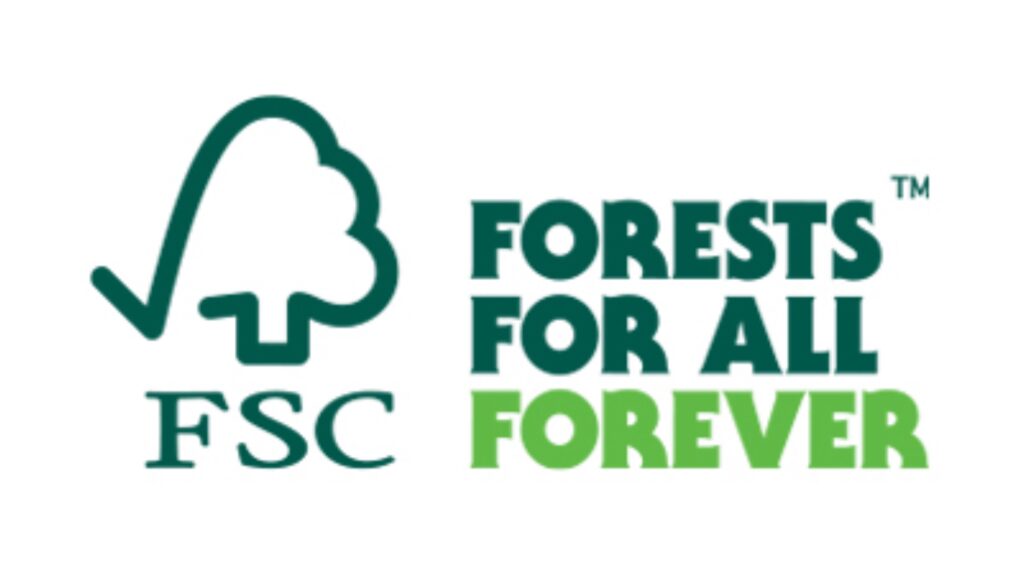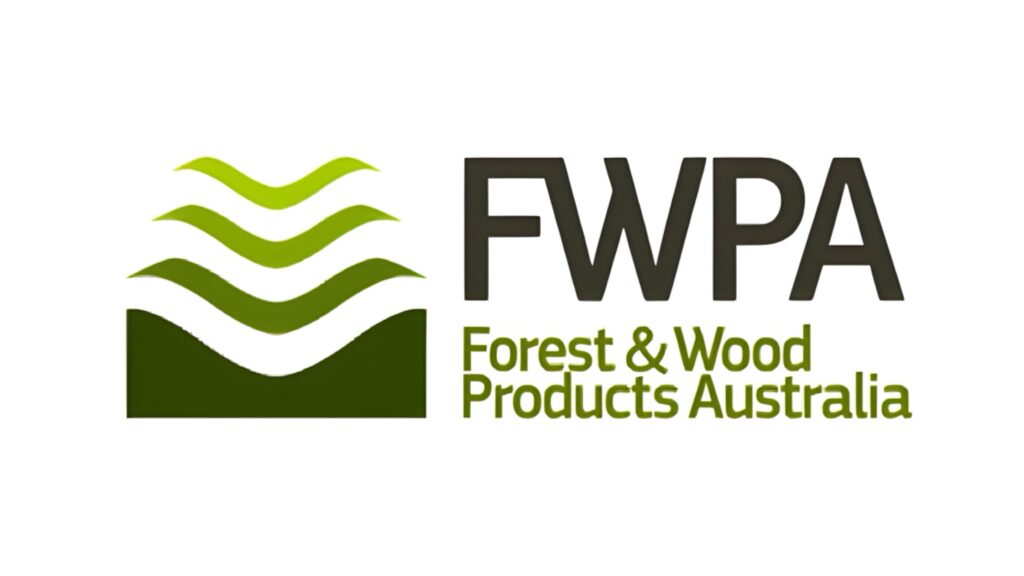WASTING NO GOOD THING
THOR’S HAMMER IS GIVING TIMBER A SECOND LIFE
Thor’s Hammer re-milled timbers salvaged from Sydney house demolitions for the Amy Elleway House project.
Canberra-based artist studio was built with recycled cladding, furniture and salvaged flooring from buildings in Sydney.
Thor’s Hammer recycles rustic bridge, wharf and factory timbers into feature and entrance posts.
In 1994, one of our Timber Trader News subscribers, Thor Diesendorf began collecting unwanted left-over timber from local demolition sites to create custom furniture and kitchen tops. Today, ‘Thor’s Hammer’ creates bench tops, cladding, doors, posts & beams, beds, tables, and other furniture, all from recycled timber.
Thor’s passion for timber and recycling began when he was 12 years old working with his Grandad.
“I first started learning about timber as a kid, watching my grandfather in his shed and passing him tools…Grandad would take me along when he went to the tip. In those days, you could wander around and scavenge, so we usually took home some prizes, sometimes timber for the furniture that he made. That was my first experience of timber recycling.”
Thor was also inspired by his father, a scientist who was involved in renewable energy research.
“As I grew up, I listened to Dad and his scientist mates talking about their research and the state of the world. Their viewpoint made a lot of sense to me, and environmental sustainability became an important part of my life and work as well.”
In the 90s, Thor would witness how much timber was going to waste from demolition sites.
“Having made contact with the local demolition companies and done a few salvage jobs, I saw how much good timber was going to waste. Once a building is ripped down and loaded onto trucks to be taken to the tip, there is little left among the crushed and splintered remains that is re-usable.”
Thor hated the waste he was seeing and knew something had to be done to create change. Armed with his grandad and father’s legacy, Thor started ‘Thor’s Hammer’ to create stunning architecture and furniture out of recycled unwanted timber.
“By saving these timbers, waste going to landfill is reduced and a high quality, unique resource is available for building and furniture making. Wood is around 50% carbon, bound from the atmosphere as the tree grows. When the wood is burnt or decays, the carbon is released as carbon dioxide. By recycling timber we are keeping this carbon stored, avoiding greenhouse gas emissions.”
The process begins on the demolition site. First, Thor’s team assesses the timber for any moisture that has caused nails to rust, internally split timber, or floorboards that have been ruined by polyurethane finishes or by being glued down. Once the timber has cleared the inspection, approximately 24 tonnes of good hardwood is saved from the tip and is ready to be given new life.
Once the timber arrives on site in Canberra, it goes through the denailing process. Each piece of timber is metal detected twice over to ensure it is clean.
Then, heavy duty machinery is used to plane the old timbers. Recycled hardwood can be dense, dry, hard and often can have dirt in the outside grain. Thor’s team makes sure the timber gets the treatment it needs before filling.
Filling is the stage when any old nail holes or cracks are filled in so that the timber is durable and clean once turned into furniture.
“We use a clear, long lasting epoxy resin glue for our filling. It takes on the colour of the timber which surrounds it and holds very strongly to the timber. The epoxy resin we use is produced using 29% bio-carbon from the waste stream of other industrial processes.”
The next stage is the joinery. Thor’s Hammer uses mechanical joinery techniques and don’t just rely on glue.
“Timbers to be laminated into tabletops are edge profiled to fit together. Table legs and rails are mortise and tenoned. Our joiners and cabinetmakers have skills which are becoming rare in these days of MDF and plastic laminates.”
For the finish, Thor’s team uses Osmo from Germany for all their furniture. Osmo is a quality finish made from natural oils and waxes. It is flexible and adjusts to the natural movement of the timber. It also means the surface of the furniture can be easily maintained with a simple wax spray.
“Osmo applies best with a roller. No spraying, no pollution in the air, no spray booth required. And for us the best thing is these finishes are non-toxic, approved food safe and safe for children’s toys.”
For more information about Thor’s Hammer, click here.
MAIN PIC:
Hackett Gardens House built with recycled cladding, decking, posts and beams, and re-milled flooring.

